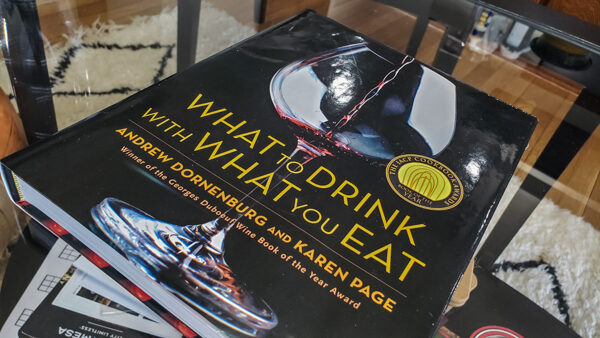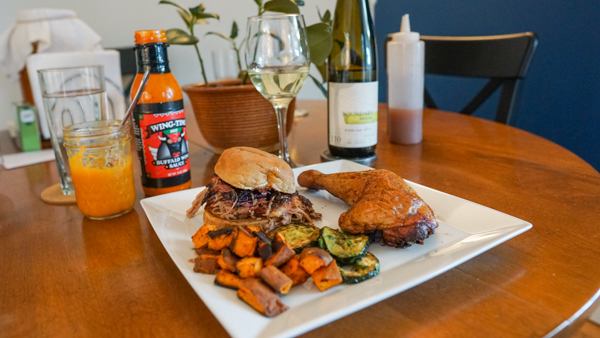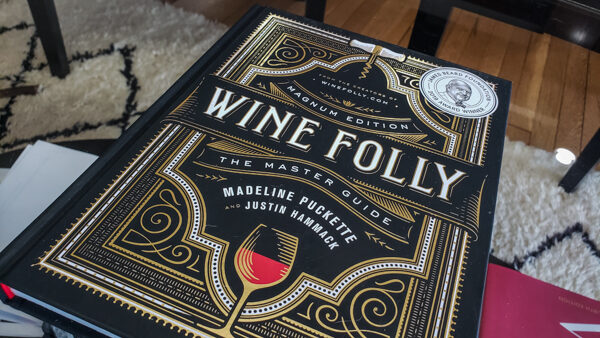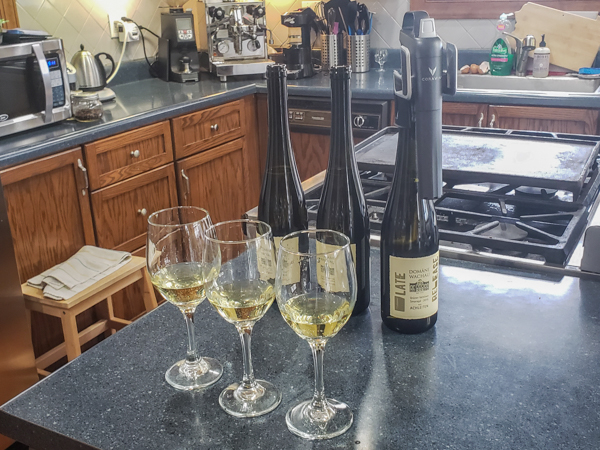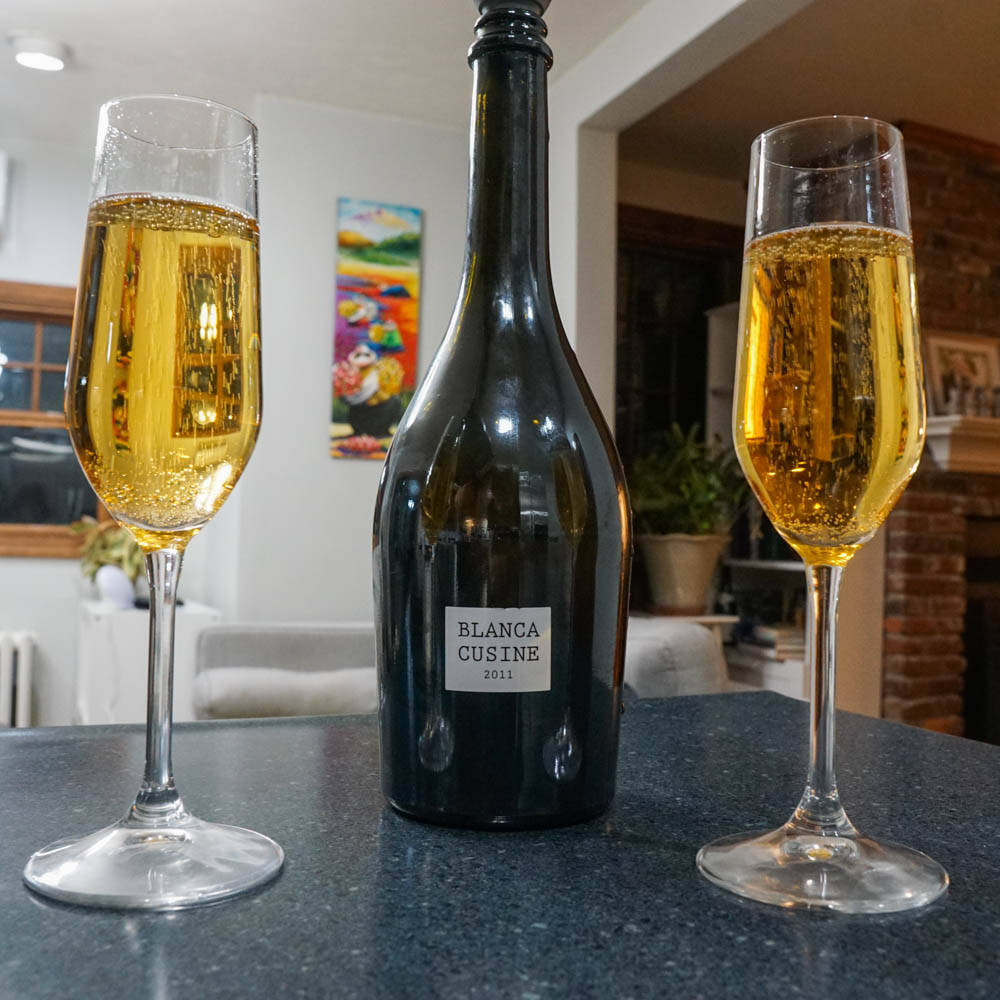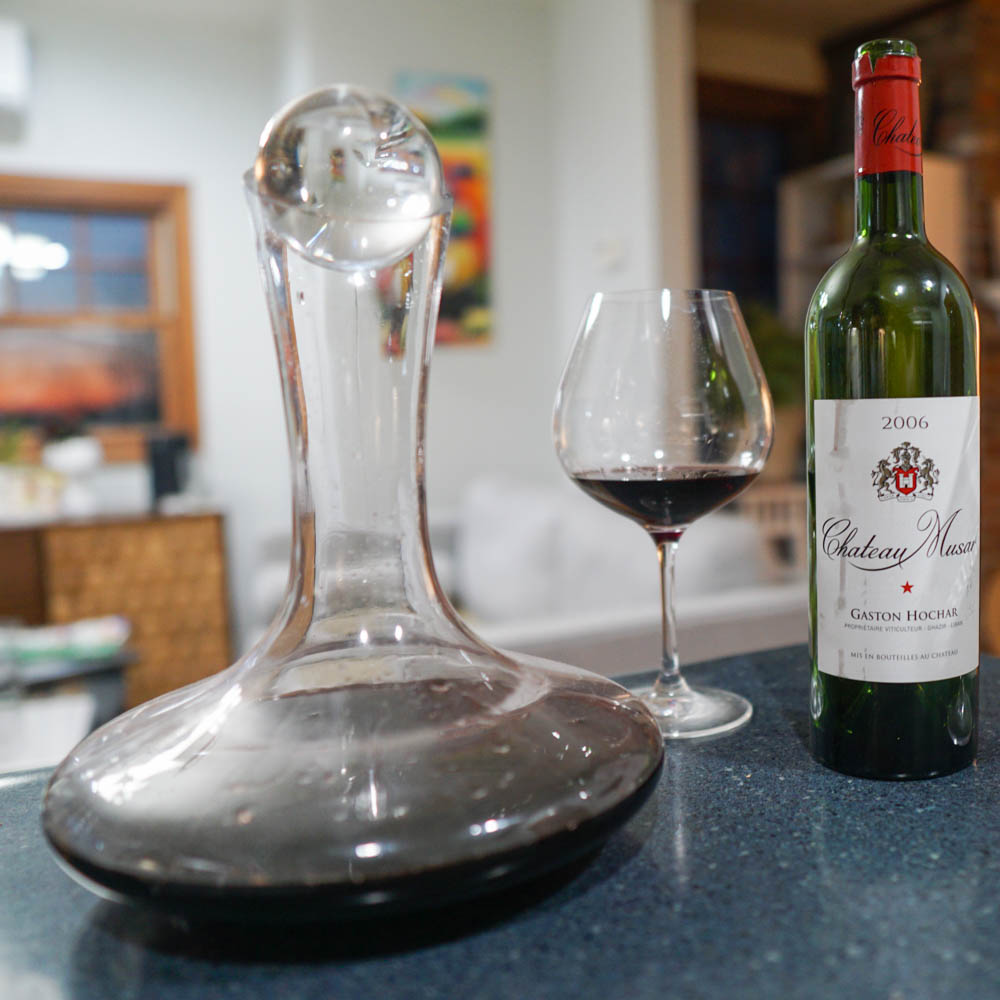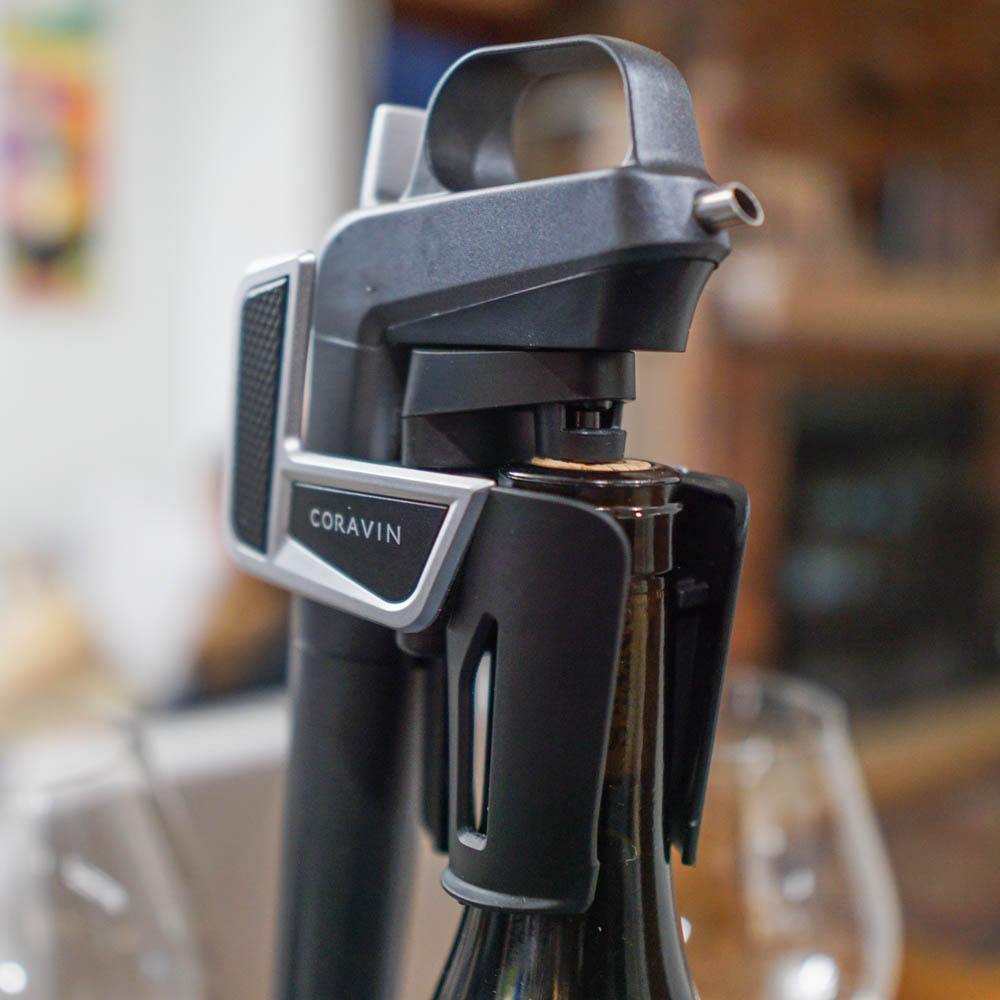Published by Jeremy.
Disclaimers: We use demographic data, email opt-ins, display advertising, and affiliate links to operate this site. Please review our Terms and Conditions for more information. This website is intended for those of legal drinking age in your jurisdiction.
It is hard to beat a great food and wine pairing. There is something about how the flavors on your tongue change with a perfect match that just makes us want more, and can sometimes elevate a meal into something far more than the sum of its parts.
But how do you improve your chances of that happening? We've certainly had many meals where a wine pairing fell flat and others where the wine was simply not at a match at all.
In this guide, we wanted to share a few of our favorite methods to increase your chances of having a stellar pairing with your next meal!
What Do You Want Out of Your Food and Wine Pairing?
When it comes to pairing wine with food, you're in luck that there are a number of great resources out there to help you figure that out. While the steps we highlight in this article are mostly foolproof, there is one question you need to ask yourself before getting started- what do you want to get out of your pairing?
Are you trying to come up with a meal to go with a bottle you've had in your cellar for a while, or are you looking to buy a bottle at the store to pair with your meal? Are you wanting to find flavors that are complementary to highlight a certain component of your dish, or do you want a contrast to offset strong salt, acid, fat, or heat?
In many cases, simply having an idea of this may put you leaps and bounds ahead of the game in figuring out your ideal pairing. As such, it was worth highlighting this prior to jumping into our resource list!
Note: The following products and resources can all be used independently with different degrees of success. We have to admit that we use many of the below together to improve our chances.
What to Drink with What You Eat
Out of all of the wine books we own, What to Drink with What You Eat is the one we find ourselves referencing the most and is truly worth its weight in wine.
This award-winning book is as in-depth as it is simple. All you have to do is pick a food, find it in the alphabetized listings, and you'll end up with a list of the best drinks that go along with it (wine, other libations, and non-alcoholic options included). As you read through, special pairings are highlighted to showcase their affinities making it easy to quickly find that a full-bodied California Chardonnay goes with baked chicken with a cream sauce or an Alsatian Gewurztraminer may go especially well with Indian cuisine.
The book is split into two parts for easy referencing. The first is organized by food as mentioned above. But the second is organized by beverage type so you can look up food matches for a specific varietal! So say you have a Pinot Noir and want to know what to cook to enjoy with it, you may quickly come across options like roasted beef, duck, or lamb (plus several dozen others) to get you started on pairing ideas.
Suffice it to say, this book is exceptional when it comes to pairing wine with food on an ingredient level. We consult this one regularly when looking for broad foods to pair a wine with, but also secondary flavors like herbs and spices that could round out a meal as well. (Continuing the Pinot Noir train, they feature gems like onions, pesto, ginger, and more).
Now, you can either stop here and have fairly good luck starting a pairing, or you can continue onto our next resource to get a bit more in-depth.
Wine Folly
Now, where What to Drink with What You Eat is more of an encyclopedic tome, Wine Folly takes an informational dive into specific varietals.
This book has several wonderfully detailed sections including going over the basics of wine, wine regions, and profiles of the top 100 wines, grapes, and blends you're likely to come across. On its own, this is a great reference book for those who consider themselves beginners and want to get into wine.
Our favorite section of the book (and the Wine Folly website in general) is the wine profiles. Each feature here offers a fair bit of detail like the five most common flavor notes expressed by the varietal, what kind of glass to serve it in, aging potential, the ideal drinking temperature, and how long you may want to decant the bottle to name a few.
What we like about this is that it gets you thinking about flavors you can hope to have expressed in a bottle. This lets you think more about why you would want to pair a wine with a specific dish. Is it to match the heavy tannins found in a Petite Sirah with something fatty? Or perhaps to pair a Rhone blend with a dish that has rosemary or heavy baking spices as a means to accentuate those flavors?
This can be viewed as getting down into the weeds, but we absolutely love it. In fact, you could go down the rabbit hole even further than this!
Vivino Reviews
The next level down into getting a precise food and wine pairing is to read individual reviews of specific bottles. You can do this via a number of ways, but we find ourselves using the Vivino website and app more than anything. We do this for two reasons.
First, Vivino's app lets you scan any bottle of wine you find in the store and immediately get an aggregated list of reviews, tasting notes, and average price (it even works on wine menus at a bar or restaurant). This is great for finding a deal on its own right, but the user reviews let us parse through higher-rated bottles and get ideas on tasting notes for that specific bottle.
This is a notable improvement from taking broad varietal characteristics on faith to going to bottle-specific notes and has served us fairly well when paired with one of the above books.
Second, there is something to be said about the power of numbers with aggregation. If we scan the reviews on Vivino and a dozen individual reviewers say that the above mentioned Pinot Noir may go with duck, or that Rhone blend has exceptional notes of baking spices, and that is what we want, we will be far more inclined to go for it.
This kind of information takes the more general viewpoints highlighted in the above two books and translates them into something specific for the exact bottle you may be holding in your hand right that very second. Now we're not talking about Pinot Noir in a general sense, but rather specific opinions of the Perle Estate Pinot Noir from Arista Winery in California, 2016 vintage, consumed at three years old.
Generally speaking, the above three references are all you need in order to rock your food and wine pairings. But we have been known to do two more in select cases, and want to continue on and highlight those as well for completion's sake.
Have a Taste with the Coravin
We first have to say that this option is a little bit extreme for most. But if you want to be 100% sure of tasting notes prior to committing with a food pairing, it is hard to beat sneaking a taste with a Coravin!
This handy little machine lets you take a sample of wine out of any corked bottle all without removing the cork outright (it does not work with synthetic cork). The unit accomplishes this by inserting a tiny needle through the cork, puffing inert gas in to displace the wine, and due to the elastic properties of cork it effectively reseals itself after the needle is removed.
This allows for the bottle to be stored for longer periods of time if you decide it isn't the right match.
While we only use our Coravin in select cases, we have been known to sneak a taste of a few bottles we want to check out the flavors ourselves. Do we need to do this to get a good idea of pairings? No, not really- the above three options work wonderfully without requiring a taste. But if you happen to have one of these it is something fun you can do to be absolutely sure of the flavors in your specific bottle.
Or, In a Pinch, Just Google It!
The last recommendation in this one is a bit of a cop-out, but it does work. If you are still unsure of what wine you should have for your next meal, you should simply Google it!
When thinking of what food goes with a specific bottle, odds are good the producer themselves and/or many amateur and professional wine critics have commented on what food they paired the bottle or varietal with. Search “what to pair with [producer + wine name]” and go down the rabbit hole that way. Or, if you are thinking of the reverse, simply look up “wines that go with [food]” and see where it takes you!
The first three options in this article provide recommendations both in a general sense and by aggregating a large number of reviews for quick review. But looking things up in a Google search lets you get several extremely focused takes of a food and wine pairing through the eyes of an individual. This can often lead to some interesting results- especially when you start with a specific bottle and can find recommendations from the vineyard itself.
We have to admit we do this one the least, but you shouldn't be averse to doing it when trying to determine the best food and wine pairing for your next meal!
Overall, whether you do just one of the above or a combination of several, these recommendations will help you rock your next food and wine pairing over going at things blind. For that, a little extra research truly goes a long way!
What is your favorite way to research food and wine combinations? Comment below to share!
Upgrade Your Home Wine Bar
Need to upgrade your wine bar? Grab some new wine accessories:

